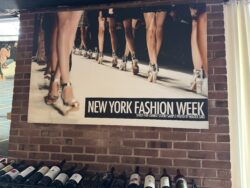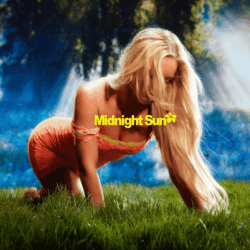No offense to Fugazi, UCB, or Peaches & Herb, but D.C. is most famous for its politicians, not its musicians. Yet now there’s something new coming out of the District—rap music. Next Tuesday, Interscope will release Wale’s debut album, Attention Deficit, making him the first District rap act to be released on a major record label.
After turning heads with a steady stream of internet-released mixtapes—including 2008’s Mixtape About Nothing, a witty, Seinfeld-inspired breath of fresh air in the oversaturated mixtape scene—and an epic verse over Justice’s 2007 smash hit “D.A.N.C.E.,” Wale hopes to turn his blog buzz into commercial record sales. Regardless of how well the album does in stores, the new wave of national attention provides an opportunity for previously unknown artists on the largely ignored D.C. rap scene to get some overdue recognition.
Of course, hip-hop music isn’t new to D.C.—artists like the Freestyle Union and Head-Roc had been forging their own go-go hip-hop grooves when rap music became a commercial success in the ‘90s. Open mic nights at venues like State of the Union, near U Street, have long given enterprising artists a chance to show off their rhymes. Unlike in a larger city such as New York, D.C.’s population isn’t big enough to support a diverse subculture, meaning artists of vastly different styles were crammed into the same clubs and venues.
“You’ll get the thugs at the underground show and the backpack rappers at the thug show because they’re all waiting to get on the same open mic, where in other cities they’d be separate,” producer/rapper Oddisee, founder of the Diamond District group, said.
This melting-pot aspect to the D.C. rap scene is reflected in the city’s increasingly distinctive sound, influenced equally by its proximity to New York and by the Southern heritage of many of its residents.
“It’s East Coast hip-hop with a drawl,” Oddisee said.
Still, no matter how unique or innovative the music emerging from the District has become, the music business is centralized in New York, making it difficult for artists to secure record deals.
“We already have a sound, it’s just making that sound appealable to the masses,” Kenny Burns, who worked from 2003 to 2005 as Vice President of Roc-A-Fella Records, said. Burns, a D.C. native, spent 12 years in the music business in New York before returning to D.C. in 2005, when he formed the label Studio 43 in an effort to bring D.C.’s hip-hop talent to the mainstream.
He made Wale the label’s first signed artist after hearing one of his verses in a club mix later that same year. Now, Burns is using his connections in the music business to bring a new wave of D.C. artists to the mainstream. For the time being, though, that means showing them off outside the District.
“D.C. has always been an amazing place to create music, and cultivate a sound, it’s just a horrible place to put it out because we lack the industry,” Oddisee said. “But I wouldn’t trade it for the world.”
D.C. remains a relative nonentity on the map of commercial rap, but with a distinct sound, hungry emcees, and the help of industry veterans like Burns, the District’s rappers might not be unknown outside the beltway for much longer. “Us as a city, we have something to offer to this genre,” Distict rapper XO said. “The possibilities are getting greater for us. It’s our time now.”





ummm….music and politics are not mutually exclusive, particularly in the dcene.
Great article.
BULLSHIT! NonChalant was the first DC Rap artist out on a major label. Get off his tip and do some reserch.